Panel Joins Details
At Featurecraft, joinery is more than a simple profession. We take a scientific approach to our products, investigating the limits and capabilities of each material, testing load-bearing capacity, fire resistance, noise reduction properties, and light reflectance values. We act like academics, researching our ideas for days, weeks, even months, before feeding our knowledge into product designs. Above all, we turn joinery into an art.
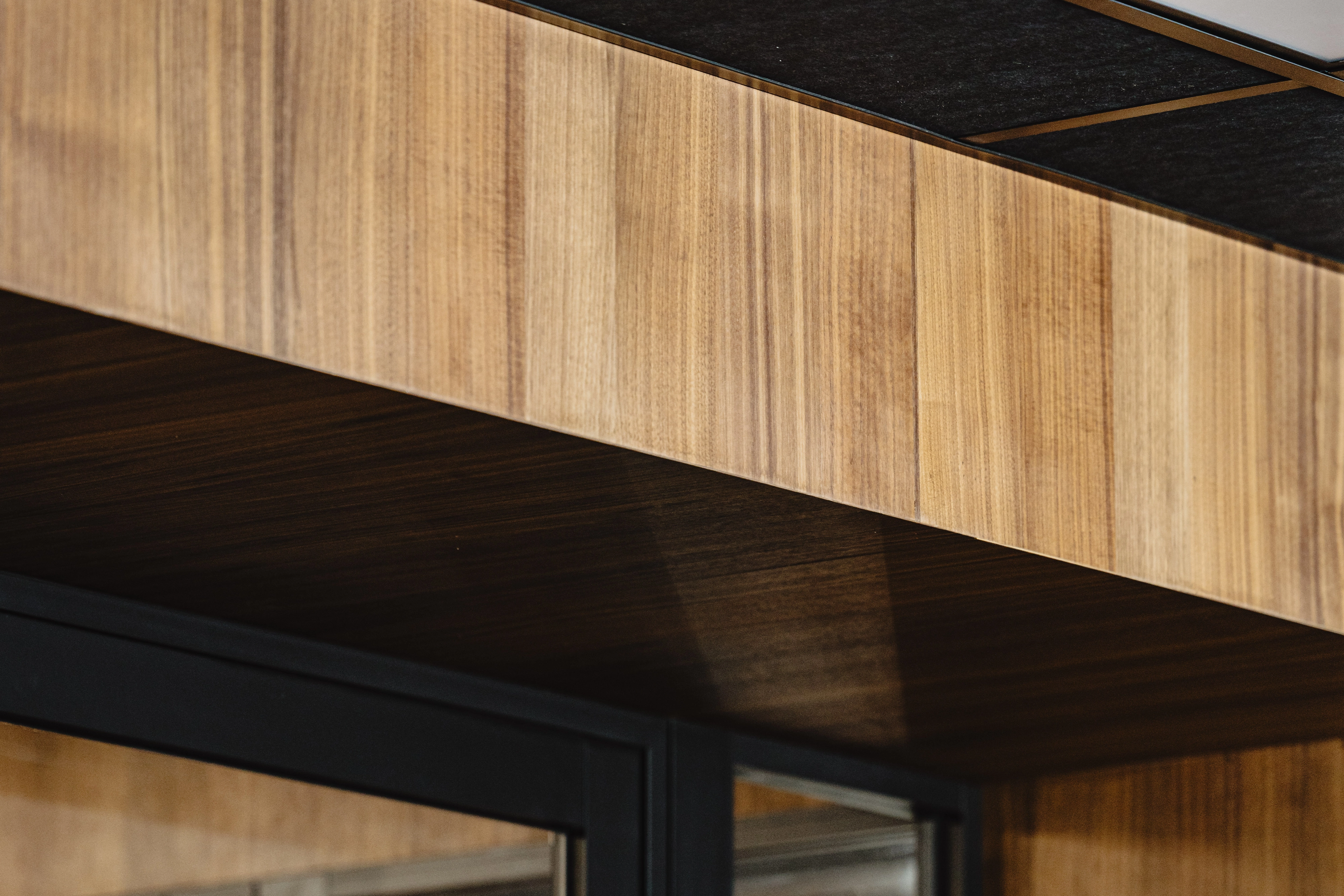
For us, there is nothing more pleasing than beautifully carved timber products that slot together into magnificent wall and ceiling systems. It’s the kind of work that steals your breath away and leaves you delighted with the simple majesty of timber and metal.
We want architects and designers to participate in this creative process. That’s why we offer our panels in a variety of join detail options – so you have the final say over the look of your environment.
Butt Joins
The classic join: each panel has a standard 90-degree square cut factory finish. This is a quick and simple manufacturing process.
Butt joins can also be used to create spaces between panels that showcase negative details. Felt can be added to the backs of panels to ensure that the negative detail does not expose the substrate and that the open space has a solid background.
The drawback of this join is that it tends to be less seamless than other joins, as panels are rarely cut to a perfect 90 degree angle. It will also never be perfectly flush, as mill tolerances and timber movement introduce small gaps in the installation. However, we can improve alignment and durability with the use of a solid mechanical or adhesive backer (such as a biscuit, dowel, or spline).
Additionally, butt joins will require face fixing – although any visible fixings can always be concealed with timber filler.
Overall, this join is best suited for projects where panels need to be produced en masse – i.e. where expediency is key, and precision is less desired.
Back Bevelled
Joins One panel is slightly back bevelled or chamfered at the rear edge, allowing us to create a seamless, hidden join and achieve a tighter face line. This join also enables us to apply adhesive over a larger surface area, helping to secure the installation. However, this join will still require precise machining and consistent material thickness for an absolutely perfect finish.
This option is perfect for designers and engineers who desire a flawless and long-lasting finish. It is especially useful when aligning panels with vertical grain, as the panel design will not be interrupted by the panel join.
Tongue and Groove
Joins This join looks complex, but it actually makes the installation process smooth and effortless. Installers can easy slot one panel into each other, working their way across a wall or ceiling, adding screws to each groove to secure the panel in place. The tongue also creates a larger gluing surface, creating more stability than a traditional butt join. The end result is a ‘hidden fixing’ effect where screws and nails are not visible upon the face of the panel.
Ship-lap Joins
In a ship-lap join, panels are rabbeted along opposing edges to create a slight overlap. This offset design creates a more seamless effect as the panels can fit closer together. The shiplap join is also a better option if the substrate has surface variations like knots and bumps, as these inconsistencies will have less of an effect on join alignment.
Like the tongue-and-groove joins, the shiplap join makes it easy to slot one panel into the next, helping to streamline the installation process. However, the offset design makes it easier to fix nails through the groove of the shiplap join, cutting down even further on installation time and effort.
V-Groove Butt Joins
The face edges of panels are slightly bevelled to expose the join, deliberately highlighting it as a design element and making a feature out of it.
This join helps mask inconsistencies in the substrate and tolerates slight warping, as panels don’t have to lie completely flat together, and so misalignment will not be too noticeable.
V-grooved butt joins will also require face-fixing for extra support, but pinholes can be concealed with timber filler.
V-Groove Tongue & Groove Joins
This sophisticated join reveals the mechanical interlocks and fixings between panels, a clockwork effect where the machinery becomes part of the visual design.
The tongue-and-groove element enables panels to slot into each other for easy installation, with glue incorporated in the groove for additional stability.
Negative Joins
The panel is stepped back to expose the joins, creating a distinctive gap between panels. This negative detail adds an extra decorative facet to the panel, creating a richer textured effect for added visual intrigue. This particular join, also known as the ‘shadow-gap reveal’ or ‘negative detailing’, enables the ultra-modern ‘floating panel’ aesthetic that’s enduringly popular with designers.
Custom Joins
Featurecraft specialises in custom joinery. We have the woodworking experience and CNC router technology to translate any vision into reality. If you desire bespoke joins or spacings, have a chat with our team – let’s create without limits.
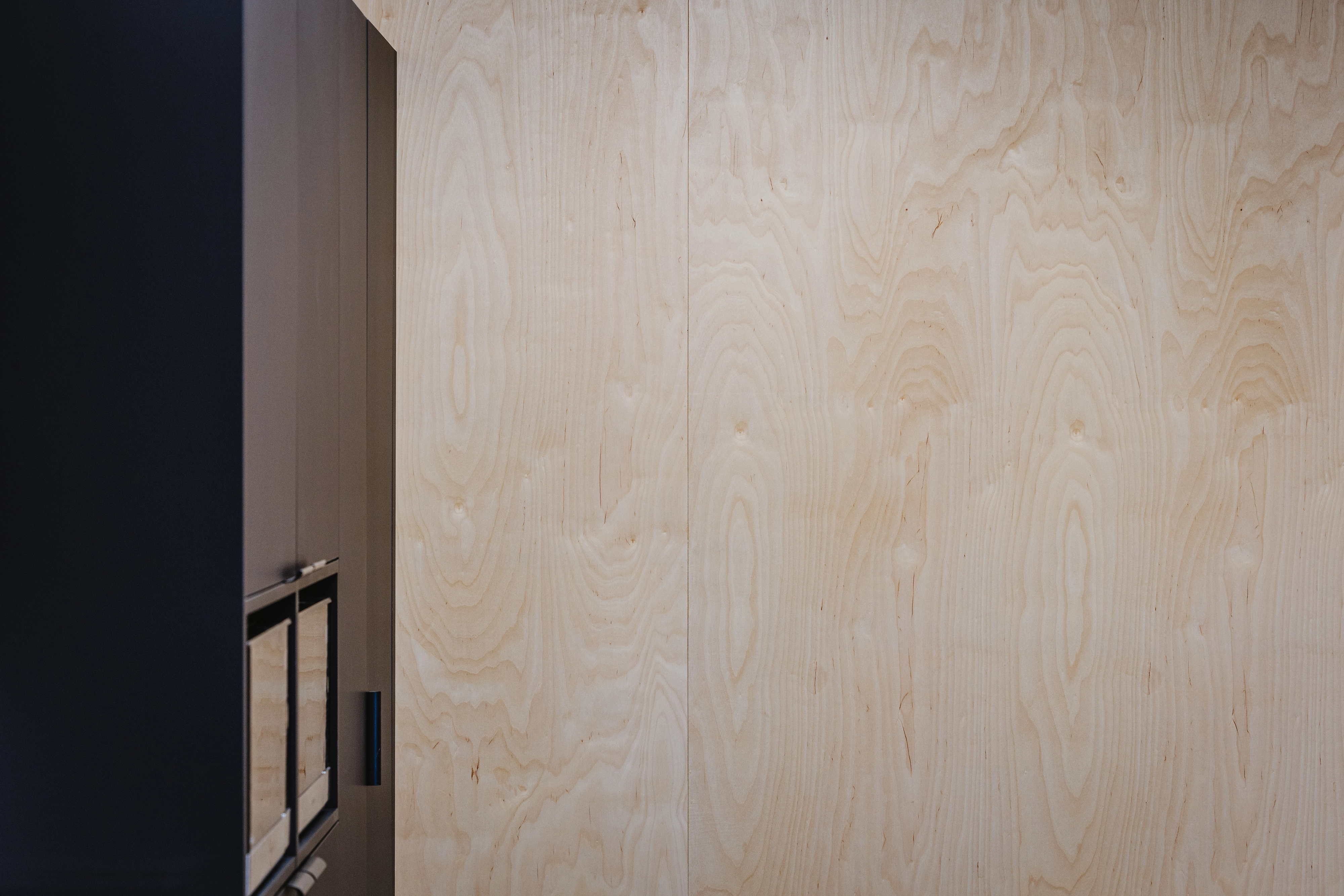
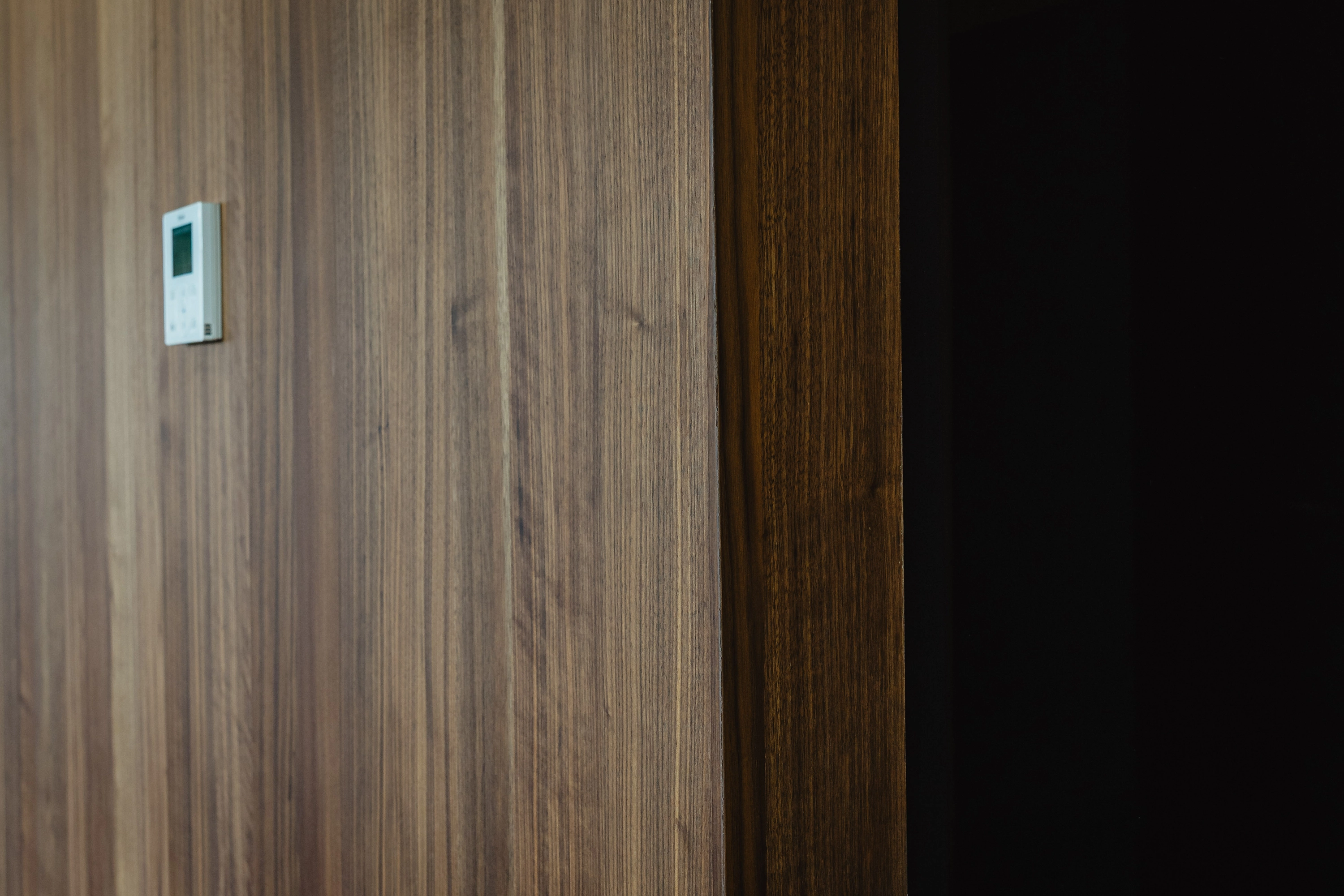
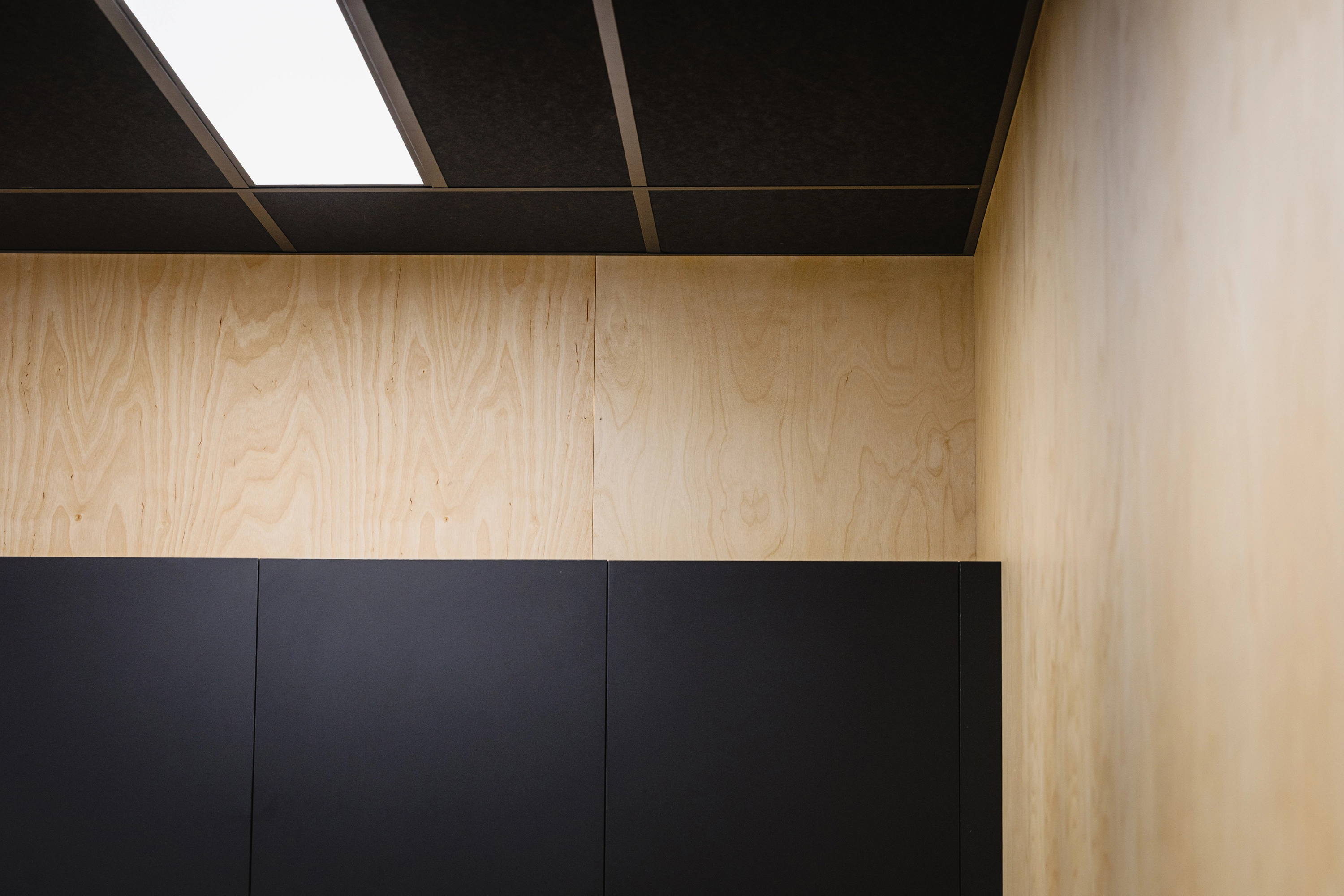
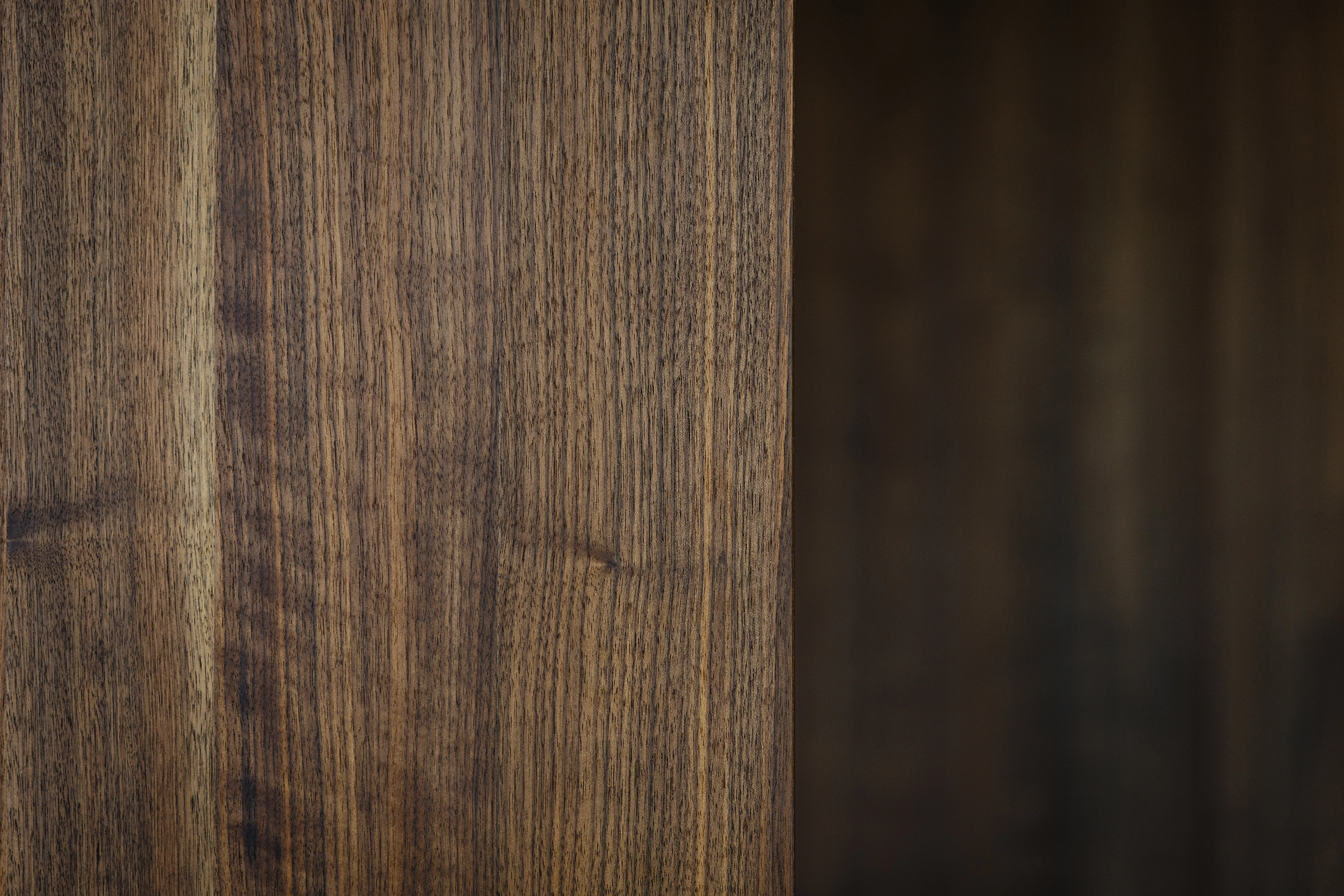
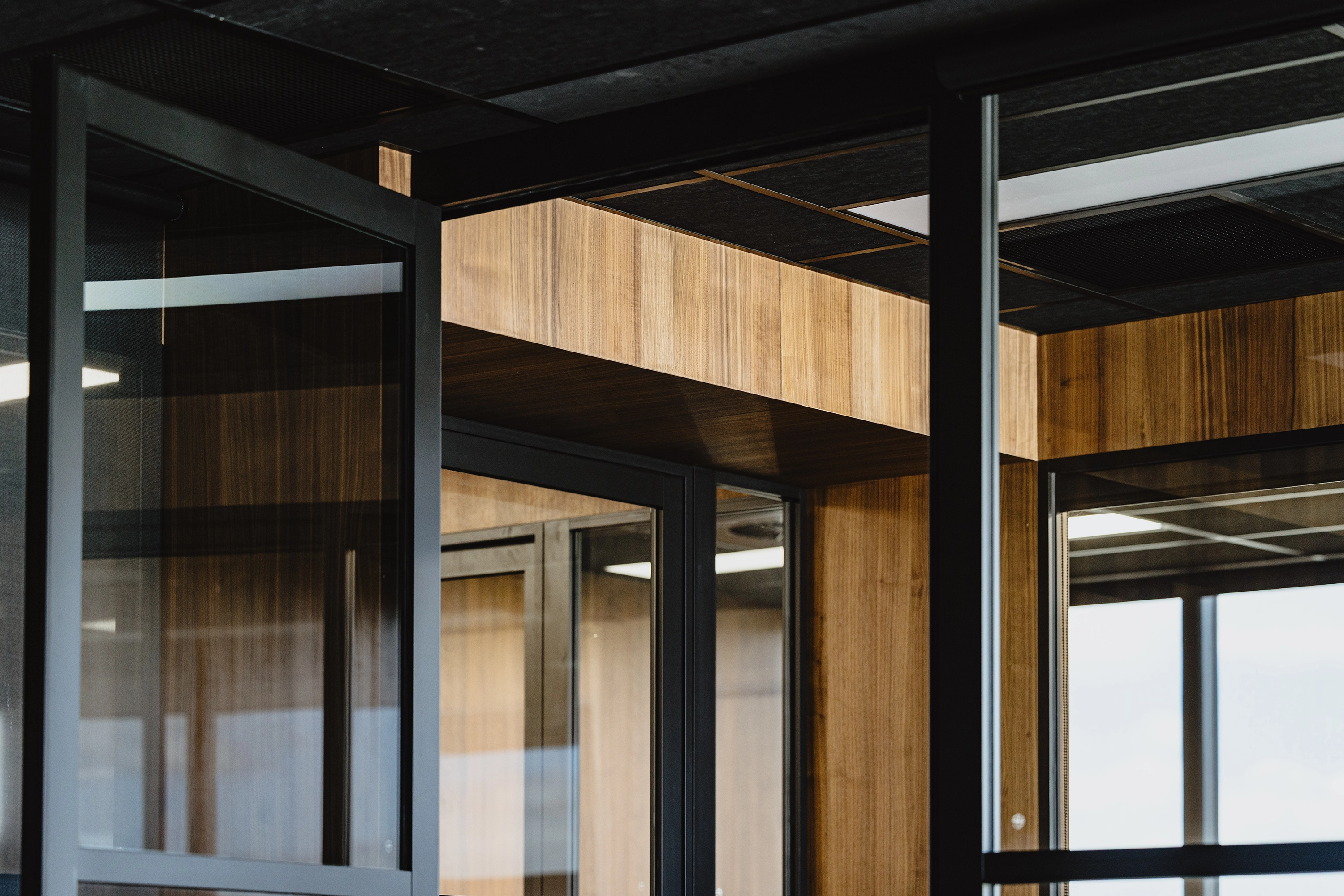
The takeaway
If there’s one thing we’d like you to remember, it’s this: as architects, as designers, as the space-makers of tomorrow, you deserve to have options when it comes to creative customisation.
Select your favourite join detail – or harness our custom capabilities – and let’s get to work.





